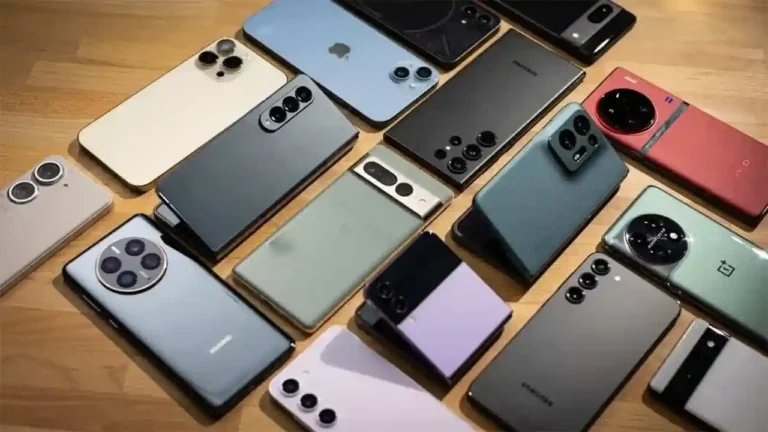There’s a flood of smartphone offers on e-commerce website, like Samsung Galaxy S23 and iPhone 15 dropping to around ₹50,000 during Flipkart Big Billion Days and Amazon Great Indian Festival sale. These offers seem tempting, but there’s often more than what meets the eye.


Let’s break down how brands use strategies like price anchoring to clear out inventory—and, unfortunately, sometimes empty your pockets too. Check how you can avoid falling for these traps and make smarter decisions when buying a smartphone, staying well within your budget without overspending.
What is Price Anchoring?
Have you ever set a budget of ₹20,000 for a phone, only to end up spending ₹25,000 because of an irresistible offer? This is what’s called price anchoring, a technique brands use to make a higher price seem more acceptable by offering discounts that appear larger than they are.
For instance, you might see a phone initially priced at ₹55,000, but after some bank discounts and sale offers, it’s suddenly down to ₹50,000. Your mind automatically thinks, “I’m saving money!”—but in reality, you’re still spending way more than you had planned.
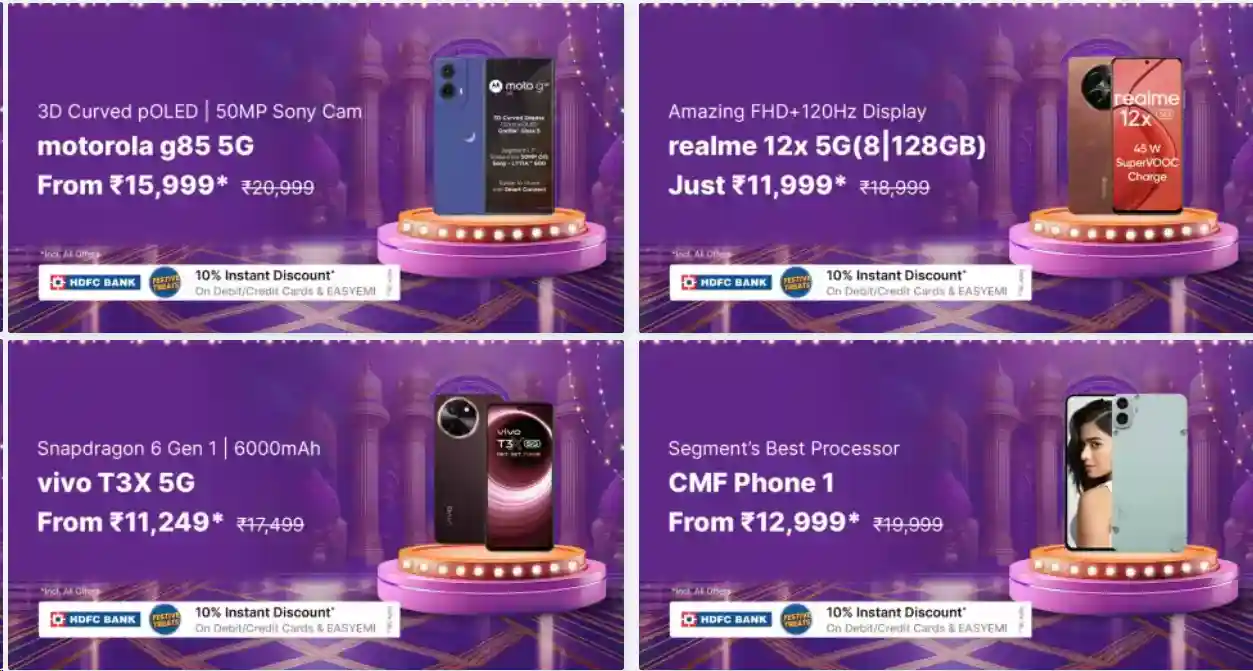
The best way to avoid this? Stick to your budget. Here’s how.
How to Choose Upcoming Smartphones
Let’s start with this simple rule: don’t spend more than what your needs or income justify. Here’s a breakdown:
1. Students
If you’re a student, your phone should not cost more than ₹15,000. It will handle all basic tasks without compromising your studies or making your family spend unnecessarily. Even if you’re tempted by flashier options, this range will still get you a phone with decent performance.
2. Parents and Older Adults
Phones around ₹20,000 will meet all your communication and light-use needs. Spending more won’t bring additional benefits for the type of tasks you’re likely to do (calls, messaging, and some browsing).
3. Working Professionals
If you’re someone who works and covers your own expenses, how much you spend depends on your monthly income:
- If you earn ₹50,000 per month, a reasonable phone budget is about ₹1,500 per month. Over two years, that means ₹36,000 is your sweet spot.
- If you live at home and don’t have rent or major living expenses, you can stretch this a bit to around ₹3,000 per month, giving you a budget of ₹54,000 over three years.
However, remember that spending more than ₹30,000 on a phone can be considered excessive, unless you’re getting a great long-term deal.
Looking for Best Performance Phone: What Really Matters?
When choosing a phone, performance is key, but many buyers focus only on things like the camera or the number of features. Let’s talk about what really affects performance:
1. Processor
The processor is the heart of your phone. In most budget to mid-range phones, you’ll find processors made by either MediaTek or Qualcomm Snapdragon.
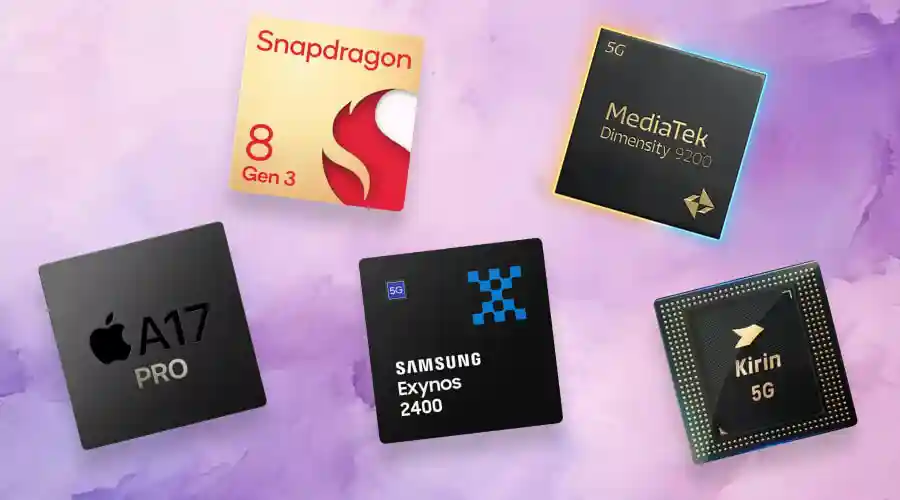
- Snapdragon chips are known for more efficient performance, especially in gaming and multitasking, while MediaTek tends to offer better value in lower-priced phones.
To assess a phone’s performance, search for the AnTuTu score of the phone model you’re considering. If it’s high relative to its price, that’s a solid indicator of good raw performance.
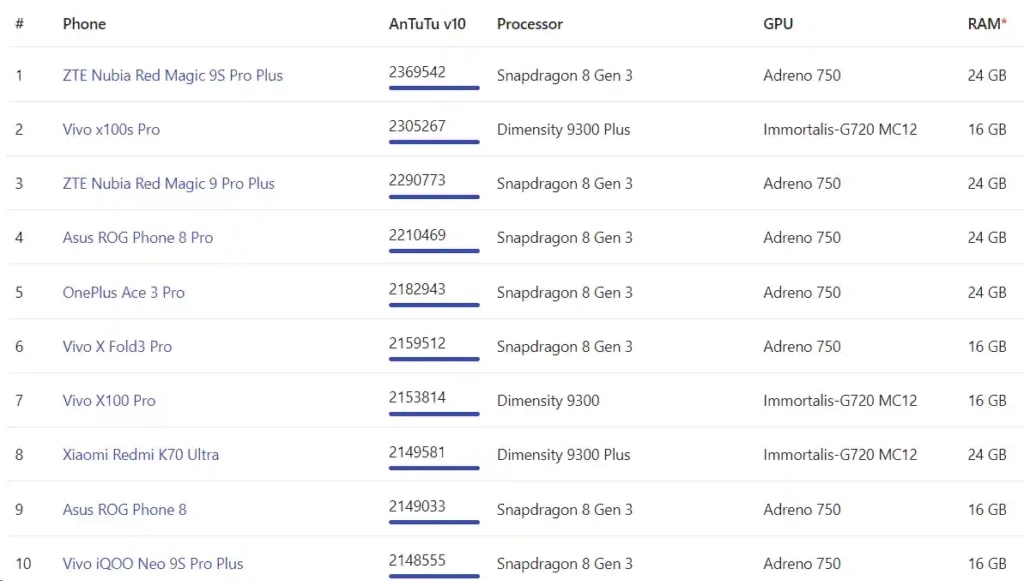
Check Smartphone Processors Ranking here
2. RAM & Storage
Next is RAM and storage:
- For phones under ₹20,000, aim for at least 4GB of RAM.
- Above ₹25,000, 8GB of RAM is ideal. But don’t get fooled by marketing tactics like “virtual RAM”—only physical RAM counts.
- As for storage, avoid anything below UFS 2.1 storage. UFS 3.0 and higher are what you should look for in phones priced over ₹20,000.
Think of RAM as the engine and storage as the doors of a bus: the better the RAM, the faster your phone performs, and the faster the storage, the quicker it can access and store information.
When Choosing Best Camera Phone: More Lenses Don’t Equal Better Photos
Another common trap is assuming that more cameras mean better photos. Not true!
- Under ₹20,000, only one camera—usually the main one—will be of good quality.
- For ultra-wide cameras, quality improves after ₹20,000.
- Once you go beyond ₹50,000, the software behind the camera becomes just as important as the hardware. That’s why brands like Apple and Google excel in smartphone photography—it’s not just the lenses, but the processing power behind the photos that counts.
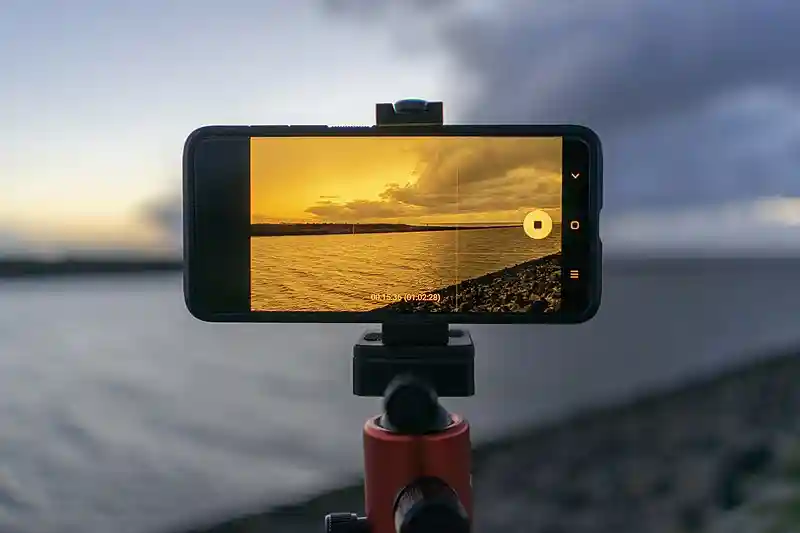
When in doubt, always check camera samples online. You can search for photos taken with specific phone models to see their real-world performance.
Related Best Gaming Smartphones Under 50K
Display and Battery: What You Really Need
The display and battery are two features that get a lot of attention, but here’s what you really need to know:
- LCD vs AMOLED: AMOLED displays offer richer colors and better contrast than LCD. If possible, go for AMOLED, especially if you’re spending over ₹20,000.
- Battery: Most phones now come with 5000mAh batteries, which is more than enough to last a day. Don’t go for anything less unless you absolutely need a slimmer phone.
Software Experience: The X-Factor Above ₹50,000
Once you enter the premium segment (₹50,000+), the software experience becomes the deciding factor. Here’s a quick overview of how different brands stack up:
- Apple iOS: The gold standard in smartphone software, offering seamless updates, security, and a smooth experience.
- Samsung OneUI: Known for its feature-rich interface with timely updates.
- OxygenOS (OnePlus): Clean and close to stock Android, but has had some issues with recent updates.
If you’re paying premium prices, you want a great software experience that doesn’t bog down your phone with bloatware or unnecessary apps.
Join our WhatsApp channel to stay updated with stock market updates, latest cricket news, latest news today, and Bollywood gossip.


